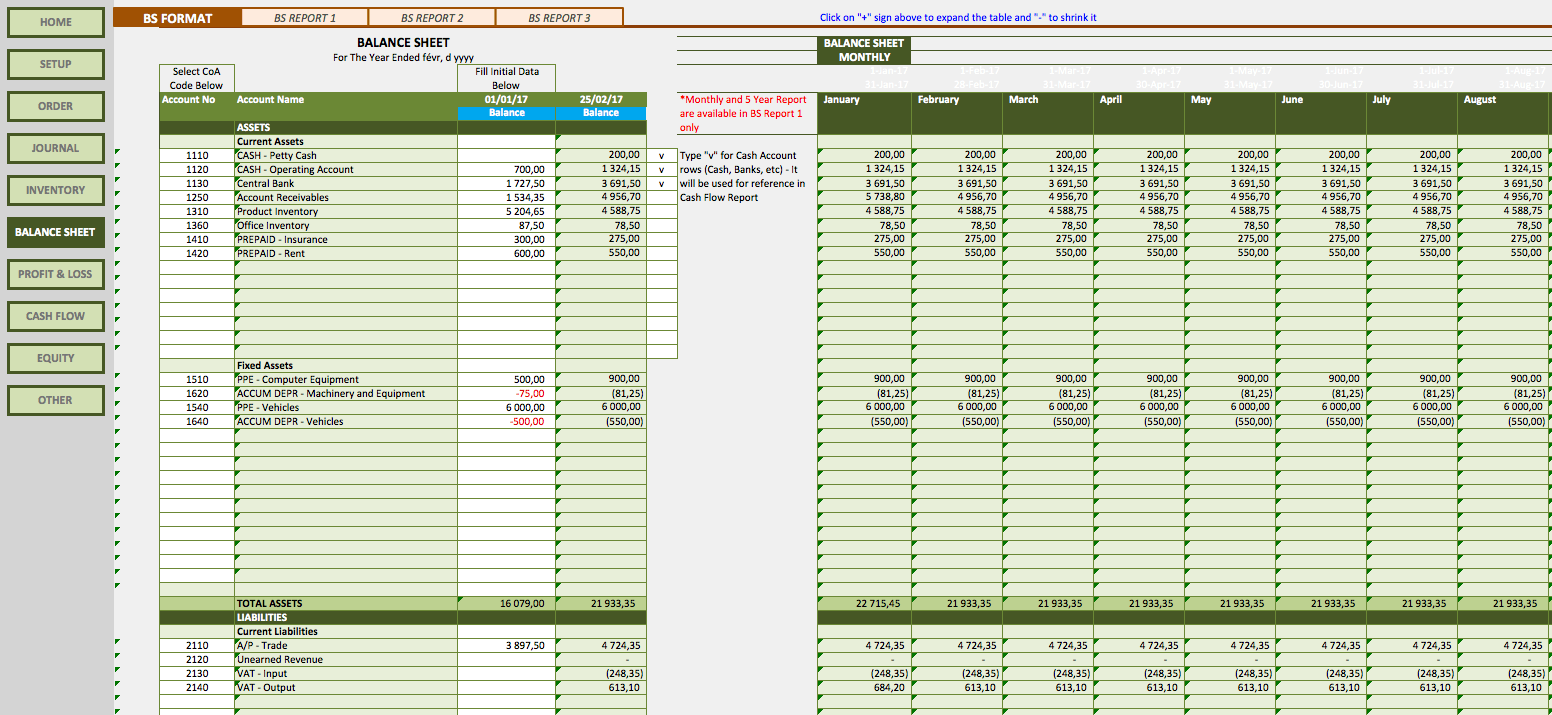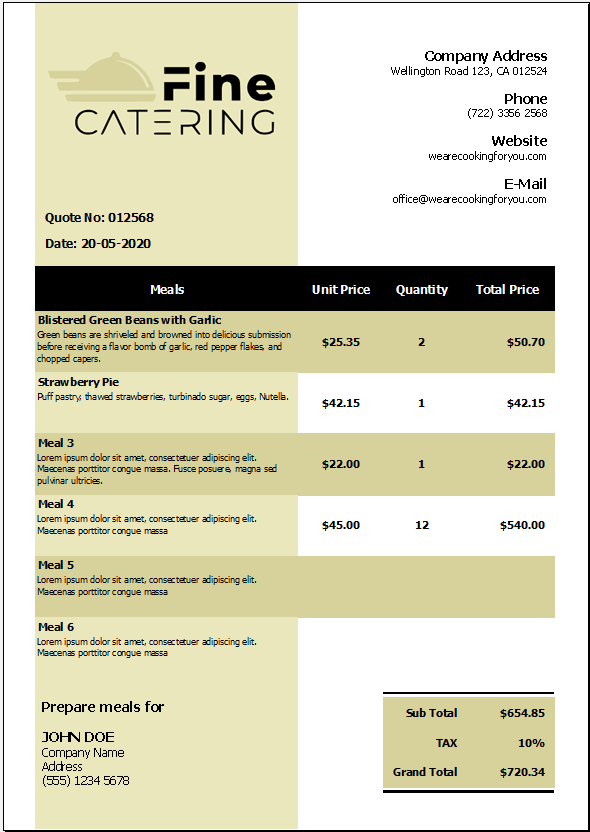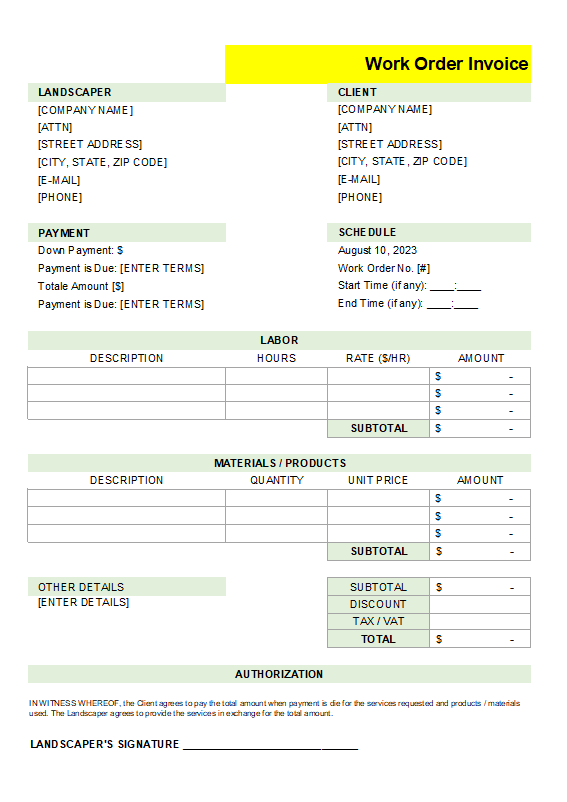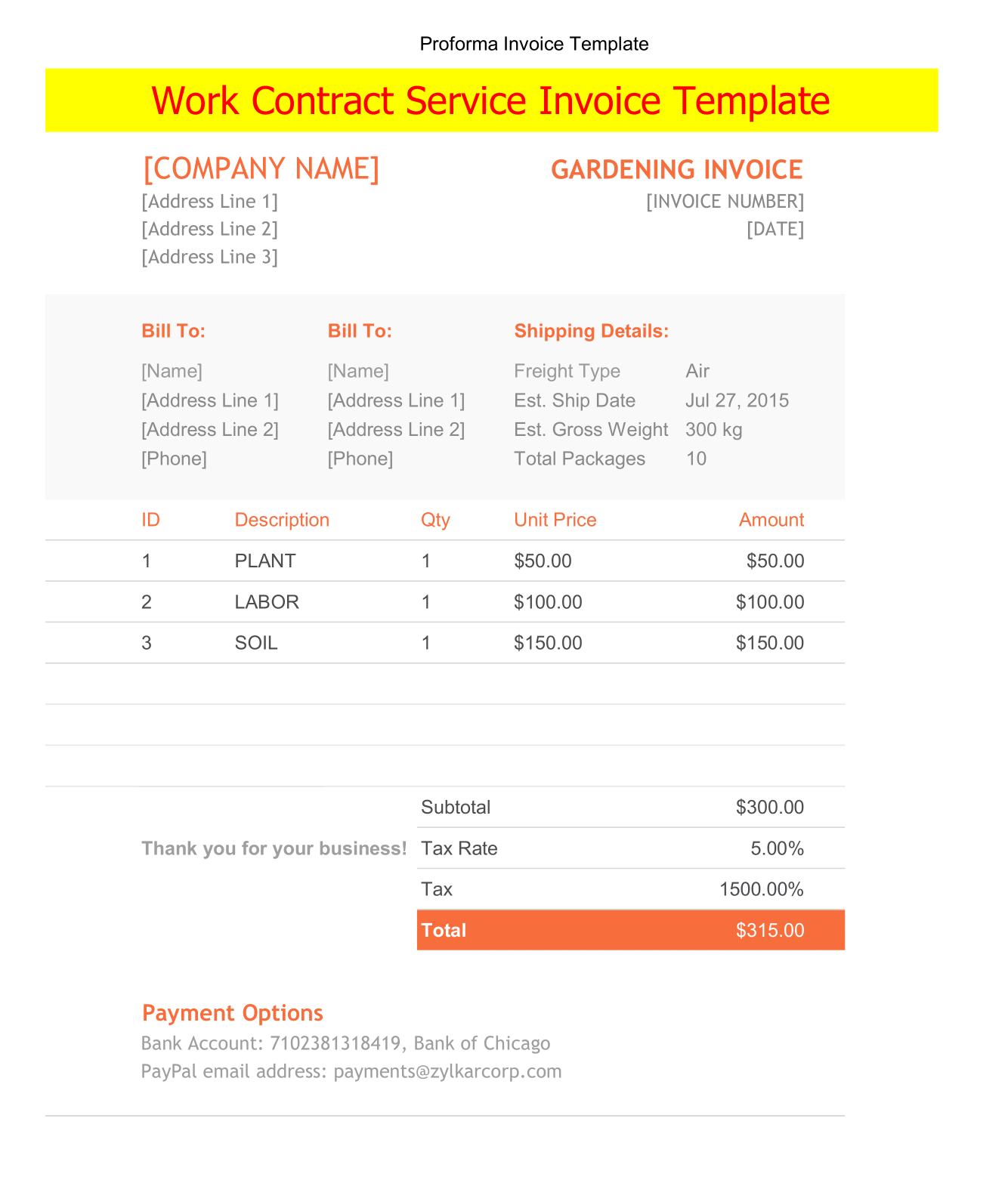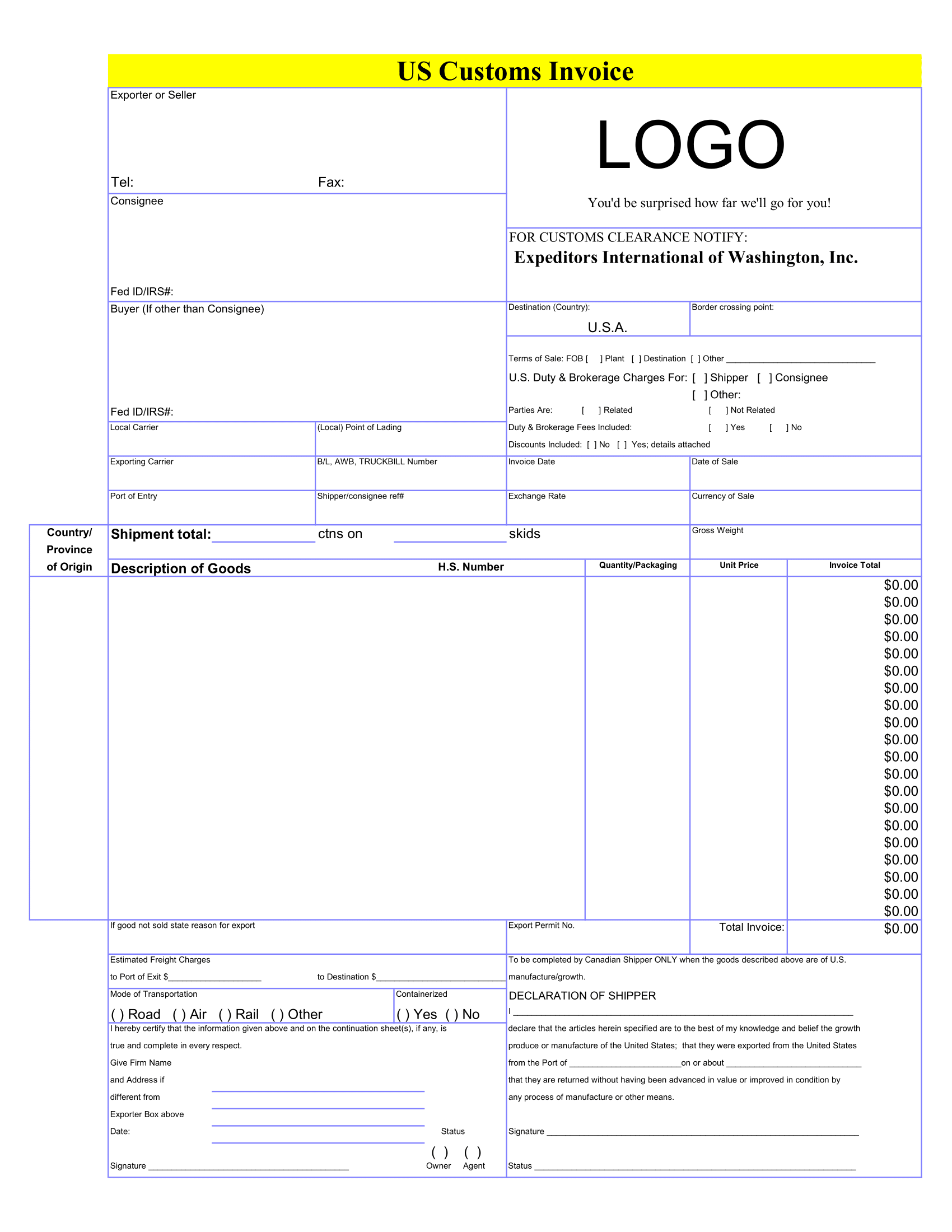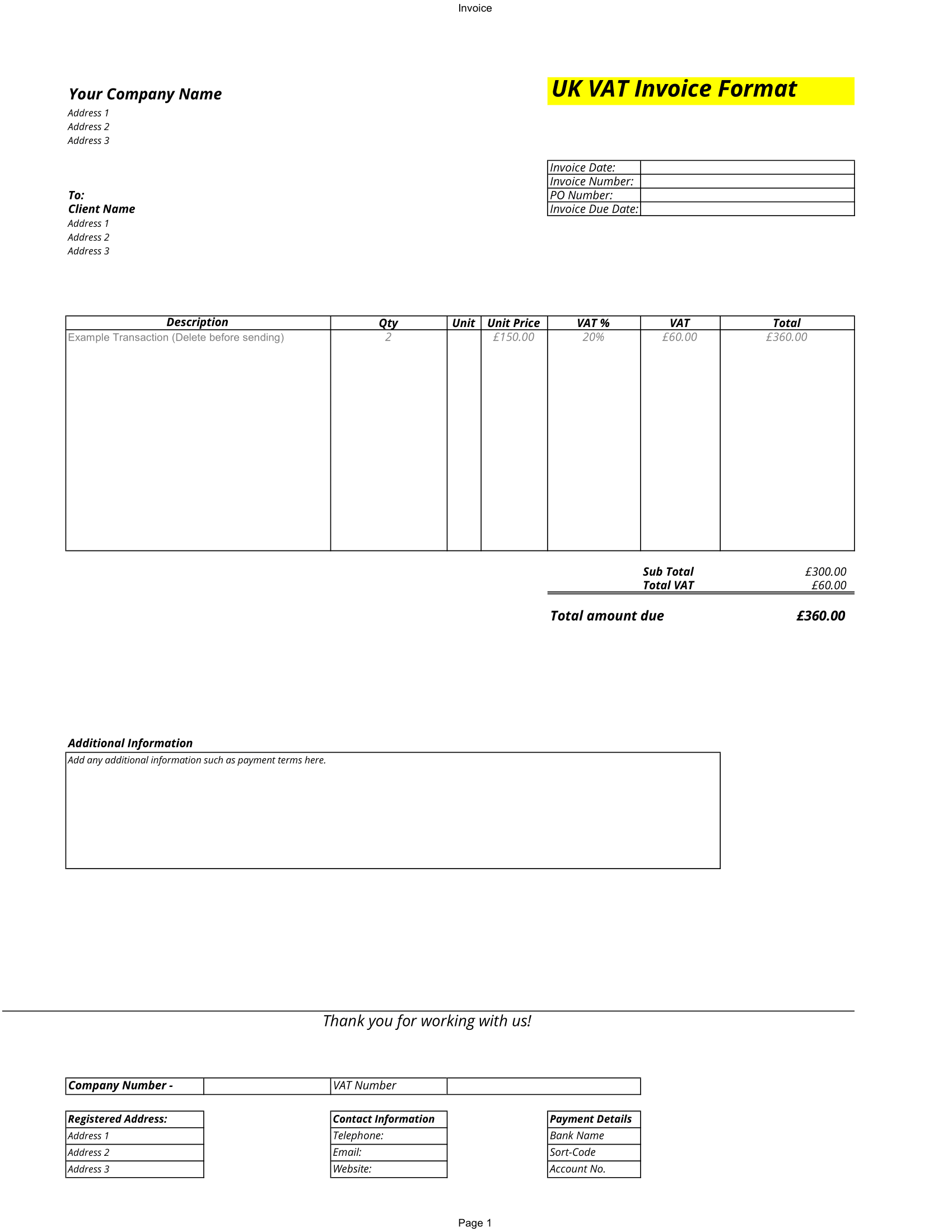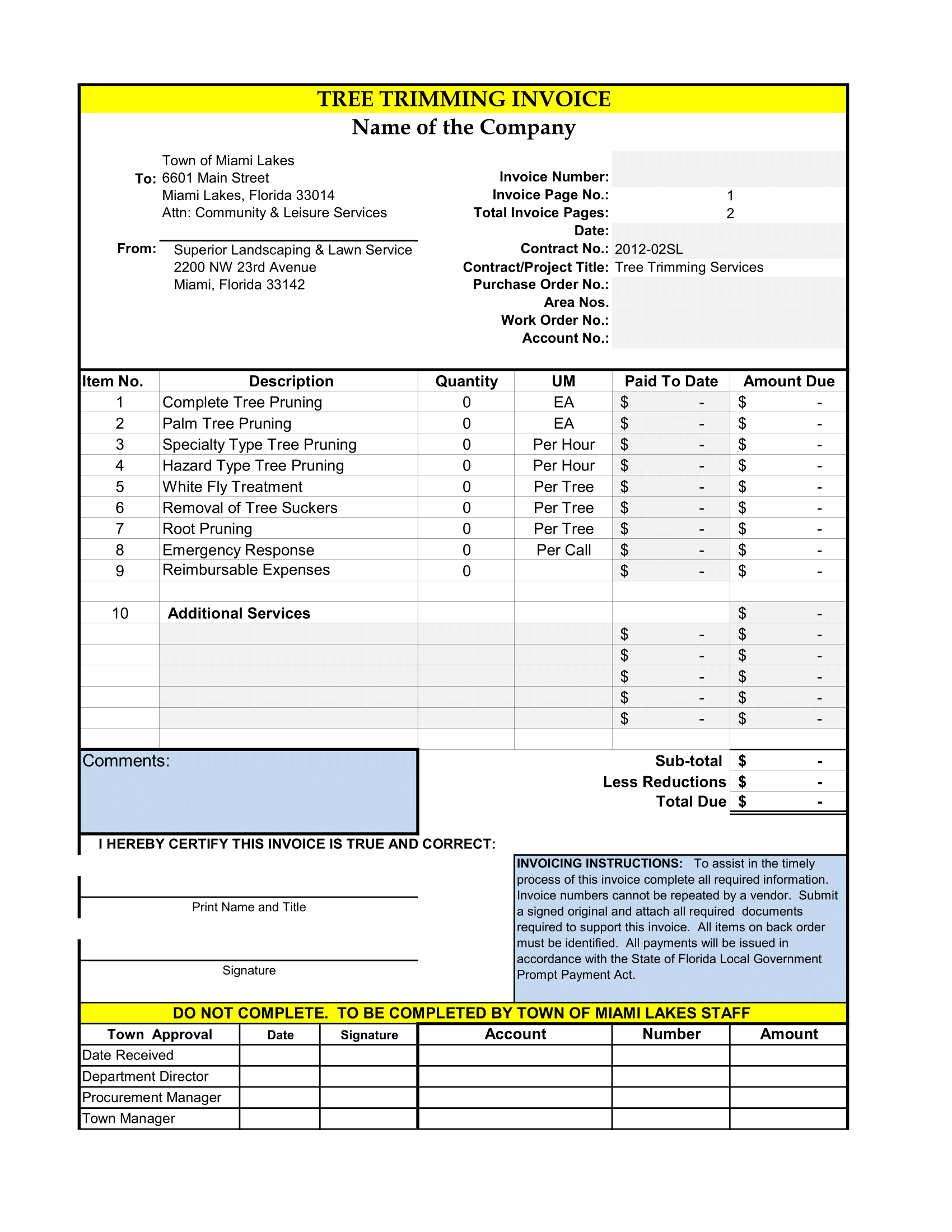This is a Double Entry Bookkeeping Accounting System Retail Business Accounting Spreadsheet for any Retail companies. In accounting, double-entry bookkeeping means every financial entry to an account requires a corresponding and opposite effects in at least two different accounts. It is use to satisfy the equation Assets = Liabilities + Equity, in which each entry is record to maintain the relationship. With this method, all require financial reports will get balance values. It needs accounting knowledge to entry all information to correct accounts, though. Thus, It will confuse people if they don’t know its basic terms since debit and credit classification could be different in each journal types.
Retail Accounting
This Retail Business Accounting spreadsheet is intend for recording data of Trading/Retail companies. So, If your business or your job is related with this type of companies, you may find this spreadsheet is suitable for you. Thus, Companies that can be classified in this category are stores or distributors that purchase and sell items with particular prices where they basically just hand over items by getting profit from their price differences. That’s why they will see Cost of Sales part in respective financial reports.
Bookkeeping for Retail Store
It requires basic knowledge of accounting, especially double entry book keeping knowledge, to use this spreadsheet properly. Moreover, all data entries will be processed automatically. Thus, inputting transaction data in incorrect places could yield incorrect calculation that could make balance sheet become unbalance and give you incorrect financial reports.
1. Home Panel
All tables are linked in this home panel. It should ease you accessing all tables by clicking respective buttons. So, All buttons are arranged like a flow chart that should remind you on the next task to do.
2. Integrated data entry and report
This spreadsheet is equip with formulas where all entries will process and calculate to yield financial reports that should be useful to analyze your company’s performance.
3. Simple Journal Entry System
Hence, There are one general journal and four special journals that will help you recording all transaction activities daily. They are all have similar formats. So, You just need to entry data in respective journals and make them balance (remember that this accounting spreadsheet is using a double entry bookkeeping method).
4. Customized Balance Sheet Report
Moreover, You can set which company account you want to be shown in Balance Sheet report. And respective values will be calculated and shown automatically. Hence, All data will be calculated from Journal entries.
You can design your own balance sheet report as well. There is one worksheet where you can create your own report manually.
5. Customized Profit and Loss Report
Similarly to balance sheet, you can set which company account you want to see in Profit and Loss report. And respective values will calculate and show automatically base on Journal entries.
6. Customized Cash Flow Report
So, You can choose which method you want to use on presenting Cash Flow report. There are two methods, Direct and Indirect Method. Hence, Set the accounts you want to see in both methods and respective values will show.
7. Automatic General Ledger
You don’t have to type anything in this General Ledger worksheet. Thus, You can monitor debit and credit of respective accounts by selecting its Chart of Accounts number and see its summary.
8. Automatic Depreciation Calculator
Thus, There is a formula to calculate depreciation of your company assets automatically. Moreover, You can put all of your assets that have different purchasing dates and usage period within one table. It should ease you on getting the values to be put on respective journals and reports. It uses a common Straight Line method to depreciate all of your assets.
9. Automatic CoGS Calculator
There is a formula to calculate CoGS of all of your products per unit within one single table. It uses AVERAGE method. It ease you on getting the values to be put on respective journals and reports.

